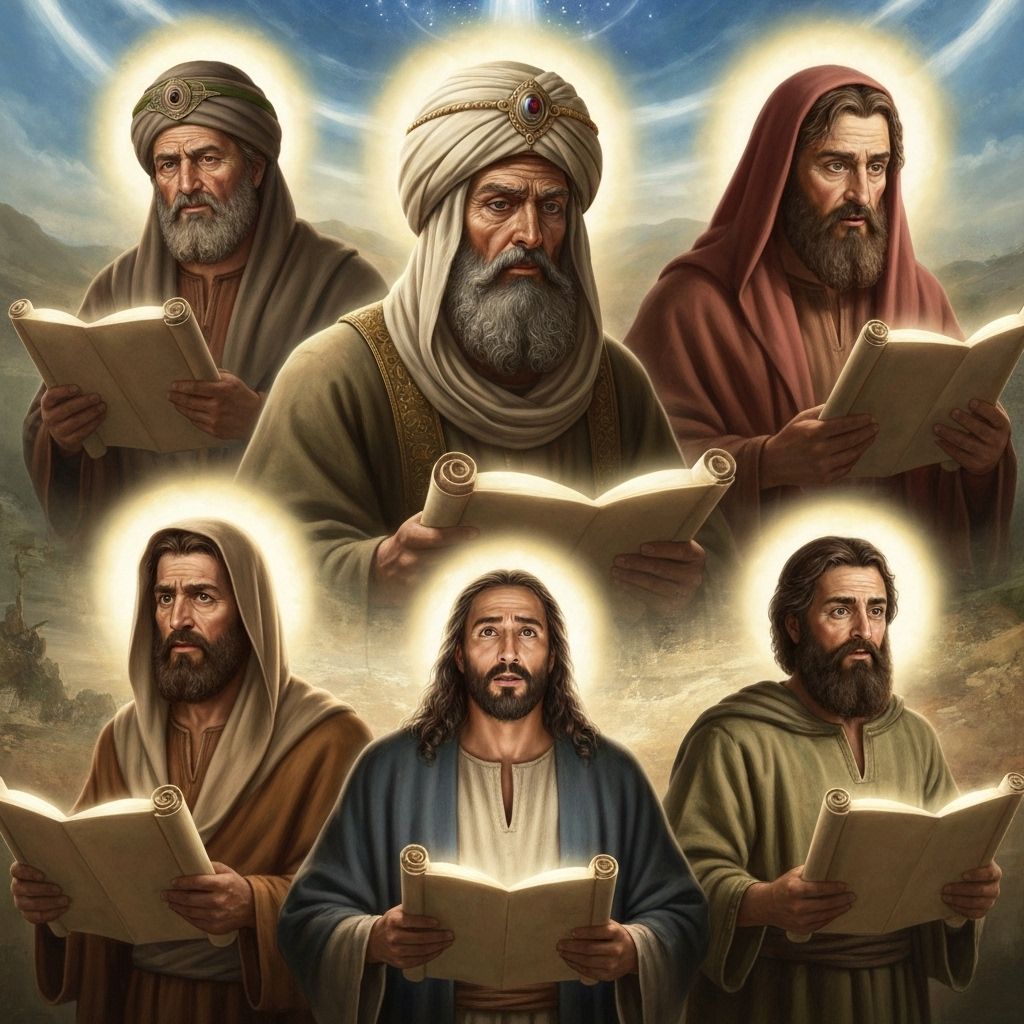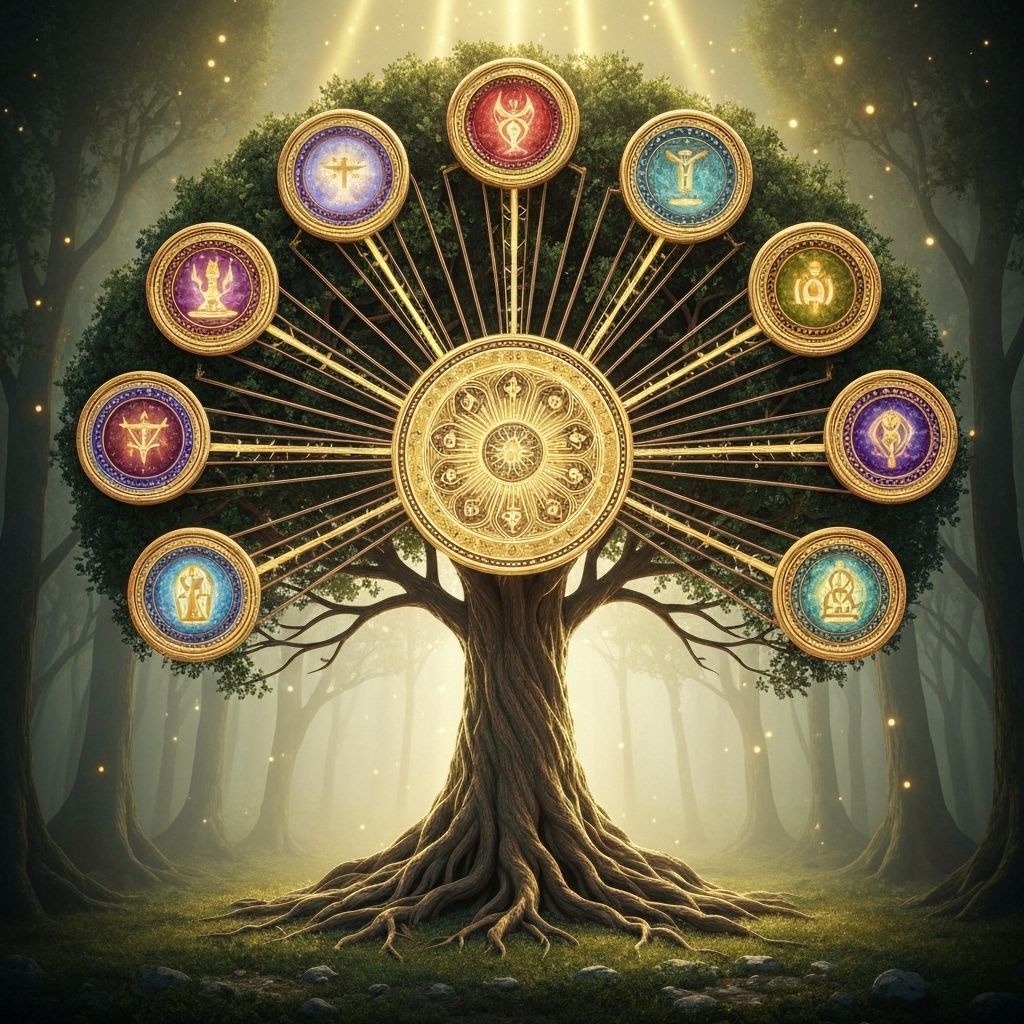3-Minute Summary
The Words of the Torah Explained with Help from Rashi and Ramban
Rashi (1040-1105) was a medieval French rabbi whose commentary on the Torah and Talmud is considered essential reading. His explanations focus on the plain meaning of the text and are known for their clarity and accessibility.
Ramban (1194-1270) was a Spanish rabbi, physician, and philosopher who provided deeper mystical and philosophical insights into the Torah, often building upon Rashi's work while adding his own profound interpretations.
The parsha begins with laws protecting servants and workers, establishing that even those in dependent positions have rights and dignity. The Hebrew servant who chooses to stay with his master receives his ear pierced as a sign of permanent commitment, symbolizing that true service comes from the heart.
Laws of personal injury distinguish between intentional and accidental harm, with different penalties and compensations. This teaches that justice must consider intent and circumstance, not just the outcome of actions.
The lex talionis ('eye for an eye') is presented not as literal retribution but as proportional justice, ensuring that punishment fits the crime and doesn't exceed it. This principle prevents excessive vengeance while guaranteeing fair compensation.
Laws protecting livestock and property establish responsibility for one's possessions and the consequences of negligence. These regulations teach that stewardship of resources is a moral obligation, not just a practical necessity.
The prohibition against wronging strangers and widows emphasizes Israel's unique responsibility to protect the vulnerable. Having experienced oppression in Egypt, the Israelites are commanded to create a society where power is used to help, not harm, the weak.
Laws against bribery and perversion of justice establish the integrity of the judicial system. Judges must decide cases based on truth, not on gifts or favors, ensuring that justice is blind and impartial.
The sabbatical year and laws of lending without interest create an economic system that prevents permanent poverty and exploitation. These laws ensure that wealth circulates and that everyone has the opportunity for dignity and independence.
The parsha prohibits eating meat with milk, establishing the foundation for kashrut laws. This separation teaches spiritual discernment and the importance of maintaining boundaries between different aspects of life.
The requirement to bring first fruits to Hashem and the command to redeem the firstborn establish that all creation belongs to Hashem and that humans are stewards, not owners, of divine gifts.
Laws of the altar and sacrificial service prepare for the establishment of the Tabernacle, teaching that divine service requires proper procedures, materials, and spiritual intention.
The covenant ceremony where Moses sprinkles blood on the people symbolizes the binding nature of the agreement. The people's commitment 'Everything that Hashem has spoken, we will do and we will hear' shows that true obedience comes from willing acceptance.
The elders' ascent with Moses and their vision of Hashem eating and drinking represents a prophetic experience that confirms divine approval of their leadership and commitment.
Moses' extended time on the mountain and the people's anxiety when he doesn't return teaches about the challenges of leadership absence and the need for patient faith in divine timing.
The incident of the golden calf demonstrates how quickly faith can erode in the absence of leadership, and how external ritual can become a substitute for genuine spiritual commitment.








